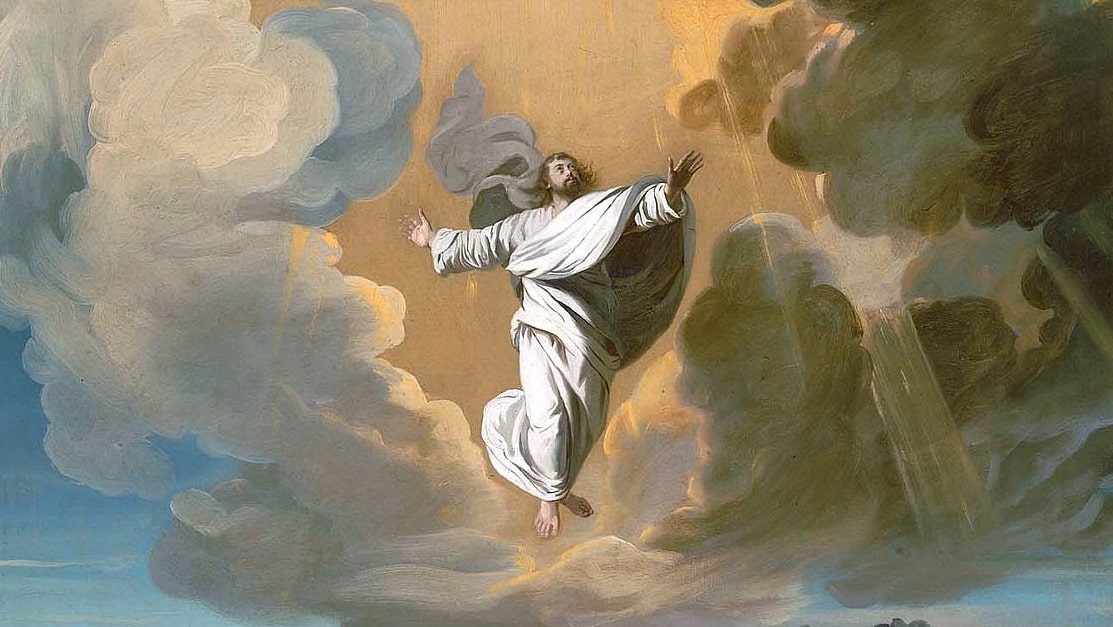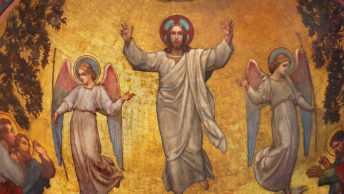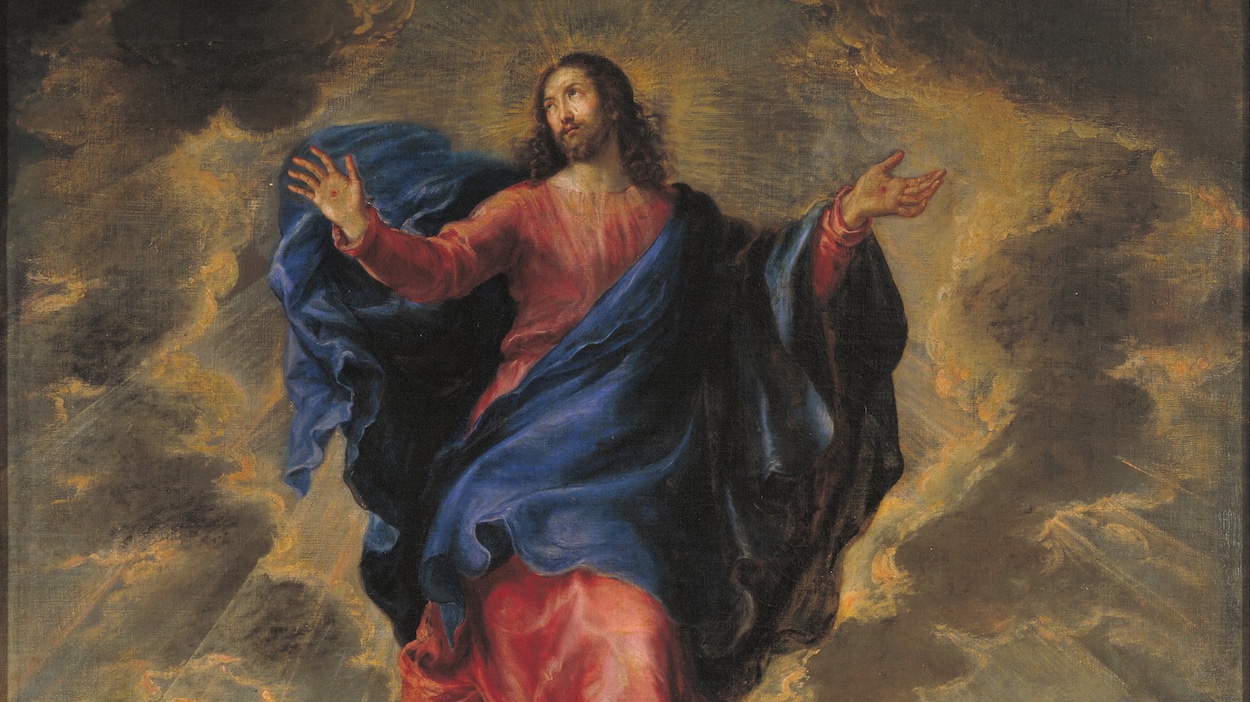The feast of the Ascension must be the most misunderstood feast of them all. I will try to focus on the two aspects of this feast that should be most beneficial to us.
Ascension is the term used by the Church to indicate the completion, the fullness of Jesus’ glorification. In Jesus, God had taken human flesh, to be one like us in all things but sin, so as to reverse the disobedience of Adam and, in Adam, the disobedience of all humanity throughout history. In his human flesh, the second Person of the Holy Trinity became obedient even unto death, death on a cross. In this is our salvation: Jesus Christ made up for all sins by being obedient to the Father to the point of dying amid the most horrific pain on a cross.
And he has given us a new commandment, the perfect way of being ourselves obedient to the Father by loving each other as he loved us on the cross. On account of Jesus’ obedience, the Father glorified him by raising him from death on the third day and by seating him at his right hand in heaven.
God (Jesus) mounts his throne to shouts of joy; a blare of trumpets for the Lord. (Psalm 47)
This glorification took place on the same day of Easter and continued for a symbolic period of 40 days so that Jesus’ first disciples could grasp the significance of Jesus’ glorification and be filled with hope that, one day, by obedience, by carrying out the new commandment they too would have shared in the same fullness of glory at the right hand of the Father.
This is a mystery that can only be expressed within the limits of human terminology. Thus “ascending into heaven” doesn’t mean that Jesus ceases to be with us and that he has moved to heaven. Rather, it means that his glorified Body is hidden to our physical sight (and a cloud took him from their sight) while he continues to be present to us in other forms, in other equally real ways. In this sense, then, the Ascension is the feast intended to fill us with hope and expectation of one day being ourselves fully ascended into heaven, fully glorified in all our human components.
The second aspect on which we should focus our attention for our spiritual growth is what would be the best way to capitalize fully on Jesus’ presences to us so that we can continue the very same mission assigned by him on the last day of his Ascension, of his full glorification.
“But you will receive power when the Holy Spirit comes upon you, and you will be my witnesses in Jerusalem, throughout Judea and Samaria, and to the ends of the earth.” (Acts 1:11)
The Gospel (Luke 24:46-53) says the same thing in a slightly different form: “…repentance, for the forgiveness of sins, would be preached in his name to all the nations, beginning from Jerusalem. You are witnesses of these things.”
This mandate is now ours. Yes, because Jesus’ order is not just for a small selected group, say, of bishops and priests, but for every single one of us. It is for all those who are one with Christ through Baptism and Holy Communion; for everyone in his Body which is yet to be fully glorified.
Throughout the Gospel, Jesus uses other images to expand a bit on what he intends by the words “being my witnesses.” He tells us that we are to be the light of the world and the salt of the world. We all understand and appreciate what light does for our daily life and for nature. We all appreciate the flavor that salt brings out of otherwise bland foods. He also uses the image of yeast referring to the Holy Spirit that he, Jesus, poured into our hearts and that enables us to transform ourselves from within and the world around us from without.
As it was lived the first time, the Ascension groomed the early disciples to shift their minds, hearts and energies from a physical presence of Christ to an array of sacramental ones. Indeed, the first disciples never doubted that the Risen Lord was present among them in the Eucharist, in the community gathered for worship and prayer, in the poor and needy, in the presiding minister of the Eucharist and in the Holy Scriptures.
For the last 2000 years since the last time Jesus was present physically, the Body of Christ, all believers, all members of his Body, have capitalized on these new presences of Christ to become his dynamic witnesses, to be light and salt, to be energizers and inspiring members of the different communities in which they live and serve.
Make no mistake about it: our world is getting more deeply into darkness, is becoming blander, tasteless. And, most ominously, our world is losing purpose, meaning and, thus, hope. Therefore the only suitable way for us to make the Ascension both a source of hope of future glory and an act of obedience to the Lord’s mandate of being his witnesses, is by stopping to find out, this very day, how we can each do so in our family, in our parish, in our place of work and anywhere else we happen to be.
I cannot think of another way that would help us celebrate better the fullness of Jesus’ glory that one day will be also ours.








